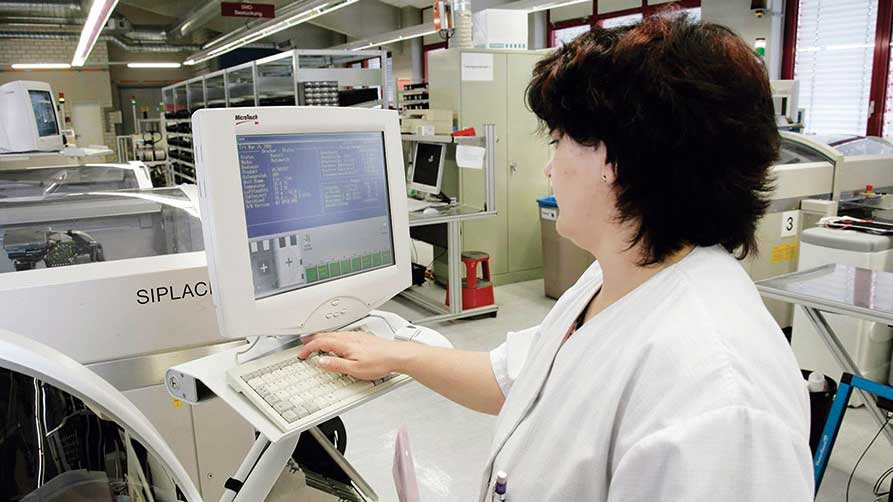
The various working environment conditions can cause a risk to the safety and health of employees. In addition to acute effects that can lead directly to accidents, there are long-term effects that can lead to chronic health damage, but also to a reduction in performance and dissatisfaction among employees. In addition to the physical parameters of climate, lighting and breathing air, this section looks at design features of the workplace and the man/machine interface. Studies of the working environment conditions in workplaces¹ show for 2018 that of full-time dependent employees - averaged across all economic sectors - 9.8 % are exposed to poor lighting and 22.6 % to cold, heat, wetness, draughts. More than half of them (53 %) felt stressed by these work demands.
In addition, there are interactions between working environment conditions that can lead to additional risk. For example, KULVE et al. 2018² investigated the combined effects of lighting and climate on human thermal comfort. According to this, visual perception and thermal perception influence each other. According to this, thermal discomfort seems to be partially compensable by lighting. However, the state of knowledge is not yet sufficient to derive concrete indications for risk assessment.
In chapter 7, the following factors of the working environment are considered:
- Climate focuses on very cold and warm/hot areas such as work in cold rooms or in a steel plant, which can lead to an immediate hazard. Climates such as in offices are only briefly presented, as their climatic conditions do not pose an immediate hazard.
- Lighting, light: Insufficient lighting or glare can lead to accidents at work. Minimum illuminance levels are necessary to fulfil visual tasks at the workplace.
- Reduction of oxygen concentration: Displacement or consumption of oxygen (e.g. as a result of fire protection measures with an oxygen-reduced atmosphere in an archive) in the breathing air can cause employees to suffocate.
- Inadequately secured water bodies or pools: The lack of safety devices can lead to falling into water bodies or pools with the risk of drowning.
- Inadequate design of the workplace: If the design of e.g. escape and rescue routes is inadequate, it is not possible to ensure that employees can leave the workplace safely in the event of fire.
- Man-machine/computer interface: Poor or non-ergonomic design of machine controls can lead to incorrect operation and result in accidents.
[1] Safety and health at work - reporting year 2018 Accident Prevention Report on Work. Federal Ministry of Labour and Social Affairs (BMAS) in cooperation with the Federal Institute for Occupational Safety and Health (BAuA). ISBN 978-3-88261-260-8 (print) doi:10.21934/baua:bericht20191115 (online).
[2] KULVE, M.; SCHLANGEN, L.; MARKEN LICHTENBELT, W.: Interactions between the perception of light and temperature. In: Indoor Air 28 (2018), H. 6, 881-891
Author
- Dr.-Ing. Kersten Bux
For further detailed information please refer to our German Website.